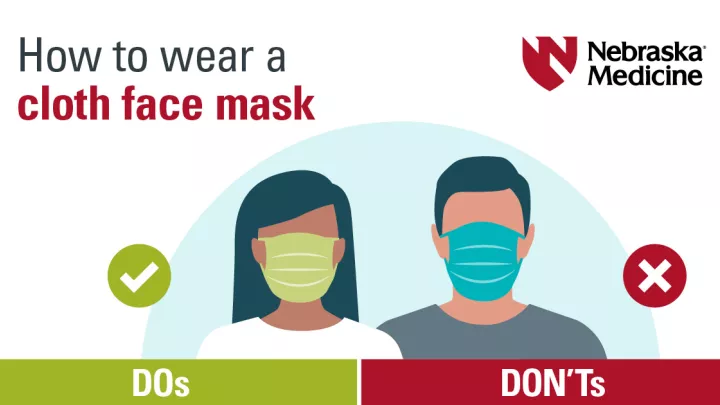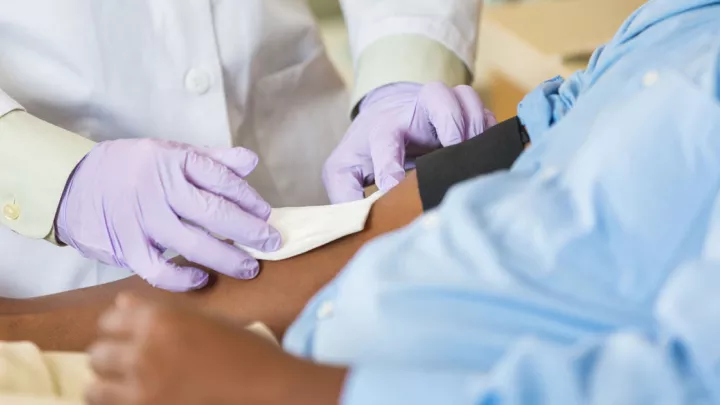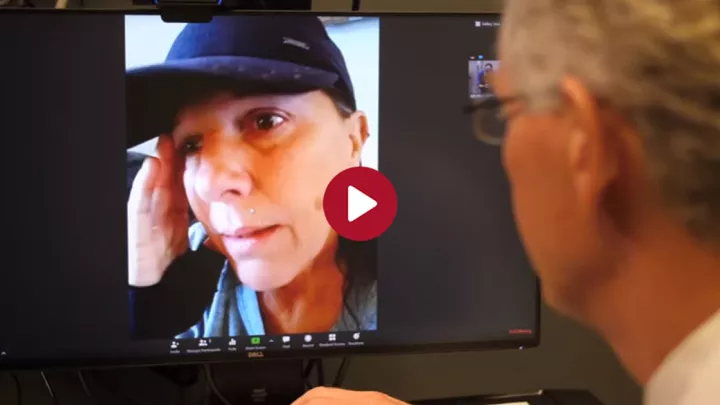How coronavirus affects the lungs

As a respiratory disease, COVID-19 primarily attacks the lungs. But a COVID-19 patient's own body can also hurt itself in the process. Find out how the new coronavirus and the body fight each other in the lungs.
Sweep invaders away
Inflammation is your body's natural defense to invaders. Inflammation is a multi-step process – think of it like a battle going on in your body. When the coronavirus escalates, your body responds.
Your body's first goal: Get invaders (the coronavirus) out as soon as it can. Cilia sweeps the coronavirus away from the lungs. A nice big cough can trap the coronavirus in your mucus. You swallow the mucus, your stomach acid destroys the coronavirus and then it exits your body to the sewers. Mission accomplished. No more coronavirus.
If that fails, you're infected. The coronavirus starts to replicate itself in the cells of the lung – creating more enemies. Time to switch tactics.
Recruit defenders to eat the coronavirus
If the coronavirus is still present, your body creates cytokines – small proteins important in cell signaling – in response. The cytokines recruit white blood cells like macrophages. Macrophage literally means "big eater" – these hungry guys eat up the coronavirus.
But if the coronavirus starts replicating in the airway tissues, your body has a harder time fighting the infection. "In response to the virus, your body calls in the cavalry. The immune system recruits white blood cells to destroy the infecting agent," says pulmonary researcher Todd Wyatt, PhD. "The problem is that white blood cells don't have control over what they target. So your own lung cells can get hurt as well."
Lung cells get leaky
During inflammation, white blood cells also can injure lung cells, leaving the lungs weaker. "Normally lung cells are tightly closed together, which helps your lungs exchange air. Opening these tight junctions makes your lungs leaky," says Dr. Wyatt. "The lungs start to fill with fluids from your blood rather than air."
In severe cases of COVID-19, your blood becomes starved of the oxygen it needs. Your organs need oxygen. Without enough oxygen to go around, some organs start to fail.
When a COVID-19 patient can't get enough oxygen, health care workers can help. Some patients require mechanical ventilation to increase their oxygen levels.
When COVID-19 cases need immediate care
If a COVID-19 patient starts to have shortness of breath, you should call 911 right away. Shortness of breath feels like:
- Can't fill your lungs with air
- Needing to pant
- Can't hold your breath
- Every inhale makes you cough
- Feels like you are suffocating
- Chest tightness or pain with breathing
According to some researchers, COVID-19 patients typically experience shortness of breath in days four to eight.
Some patients may not feel any breathing problems, even if their oxygen levels are low. Doctors call this "silent hypoxia" because of how hard it is to notice. Monitor COVID-19 symptoms carefully, especially if you have an underlying condition.







